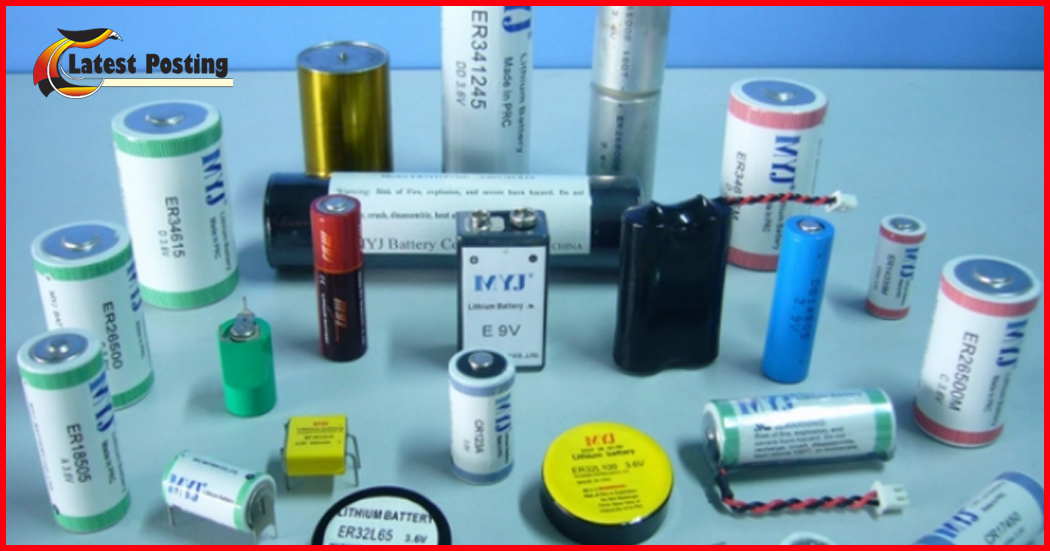The working principle of lithium batteries is also the principle of charging and discharging of lithium batteries, which is the process of embedding and deintercalation of lithium ions. When charging, lithium ions are generated at the positive electrode of the battery, and these lithium ions move to the negative electrode under the action of the electrolyte. When the battery is discharged, the lithium ions embedded in the carbon layer of the negative electrode fall off and then return to the positive electrode. In order to make it easier for everyone to understand the working principle of lithium batteries, here I will give you some popular science.
1: The meaning of lithium battery
Lithium battery is a battery that uses non-aqueous electrolyte and lithium metal or lithium alloy as positive and negative electrode materials. Because the chemical properties of lithium metal are relatively active, it is often used in industry, environmental protection, etc., and it is also the most mainstream battery type at the moment.
Lithium metal batteries usually use manganese dioxide as the positive electrode, metallic lithium or its alloy as the negative electrode, and use non-aqueous electrolyte for composition. The discharge reaction of lithium battery is actually the chemical expression of Li+MnO2=LiMnO2.Lithium batteries have the characteristics of extremely low self-discharge rate, stable discharge voltage, and long service life, so they are often used in the manufacturing of digital products, watches, and other processes.

2: Working principle of lithium battery
Lithium batteries are secondary batteries compose of two compounds that can reversibly intercalate and deintercalate lithium ions as positive and negative electrodes. This also shows that lithium in lithium batteries always appears in the form of lithium ions. And will not appear in the form of metallic lithium.
Lithium battery charging process:
When a lithium battery is charged, lithium ions are generated at the positive electrode of the battery, and the lithium ions are transported to the negative electrode through the electrolyte ; and the carbon structure of the negative electrode naturally forms many small pores, and the lithium ions arriving at the negative electrode are wrapped in tiny pores in the carbon layer. , the more lithium ions are packed in, the greater the charging capacity will be.
The discharge process of lithium battery:
When a lithium battery is discharged, the lithium ions buried in the carbon layer of the negative electrode will detach and return to the positive electrode. If there are more lithium ions after detachment, the higher the current of the battery, the greater the capacity.
3v lithium battery

In the realm of portable electronic devices, the unsung hero that keeps the wheels of innovation turning is the 3V battery. These compact powerhouses play a crucial role in energizing an array of gadgets, from watches and hearing aids to remote controls and medical devices.
The 3V battery stands out for its impressive voltage output, offering a reliable and long-lasting source of power. The “3V” refers to the voltage it delivers, a characteristic that sets it apart from other batteries in terms of efficiency and performance. This high voltage ensures a steady and consistent power supply, making it ideal for devices that demand precision and reliability.
One of the key advantages of 3V lithium batteries is their extended lifespan. Thanks to advanced technology and chemical composition, these batteries boast an impressive shelf life, retaining their charge for extended periods. This longevity not only enhances user convenience but also reduces environmental impact by minimizing the frequency of battery replacements.
Moreover, 3V lithium batteries are know for their lightweight and compact design. It making them a preferred choice for compact and portable electronics. Their small size, combined with high energy density, allows manufacturers to design sleeker. And more efficient devices without compromising on power.
In conclusion, the 3V battery serves as a silent force behind the scenes. It powering the everyday devices that enrich our lives. As technology continues to advance, the significance of these small but mighty batteries is likely to grow. It driving innovation and convenience in the ever-evolving landscape of electronic devices.
12v lithium battery

In the dynamic world of portable power solutions. The 12V battery emerges as a game-changer, revolutionizing the way we harness energy for a multitude of applications. This versatile power source has gained prominence for its exceptional performance, longevity, and adaptability.
At the heart of the 12V battery is its ability to provide a robust and stable voltage output. It catering to the demands of various electronic systems. This makes it an indispensable component in applications ranging from automotive and marine systems to solar energy storage. The 12V specification aligns seamlessly with the power requirements of numerous devices, ensuring compatibility and efficiency.
One of the standout features of the 12V battery is its impressive energy density. It allowing for a higher capacity within a compact and lightweight form factor. This characteristic not only enhances the overall efficiency of the battery. But also facilitates the design of more streamlined and energy-efficient devices.
Furthermore, 12V lithium batteries are renowned for their extended cycle life. And minimal self-discharge rates, making them a reliable and long-lasting solution for power-hungry applications. Whether propelling electric vehicles or supporting off-grid solar installations. The 12V lithium battery continues to empower modern mobility. And sustainable energy practices, contributing to a greener and more efficient future.




